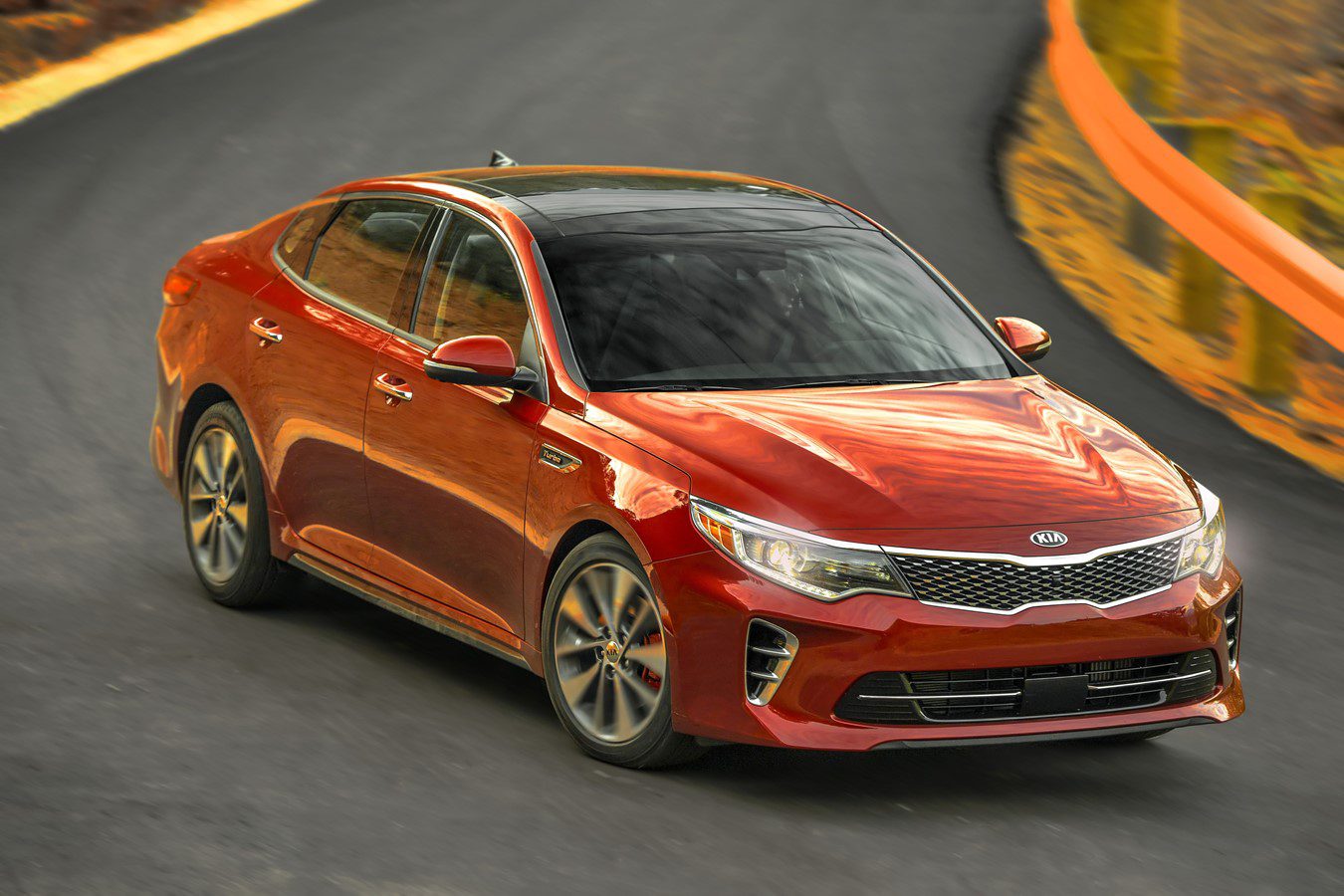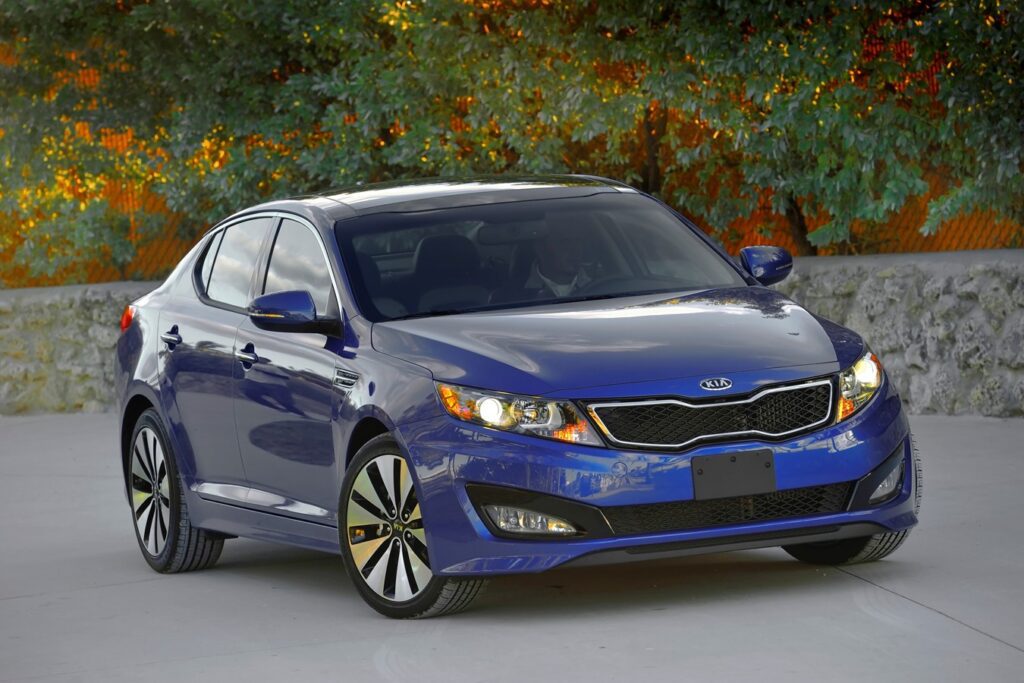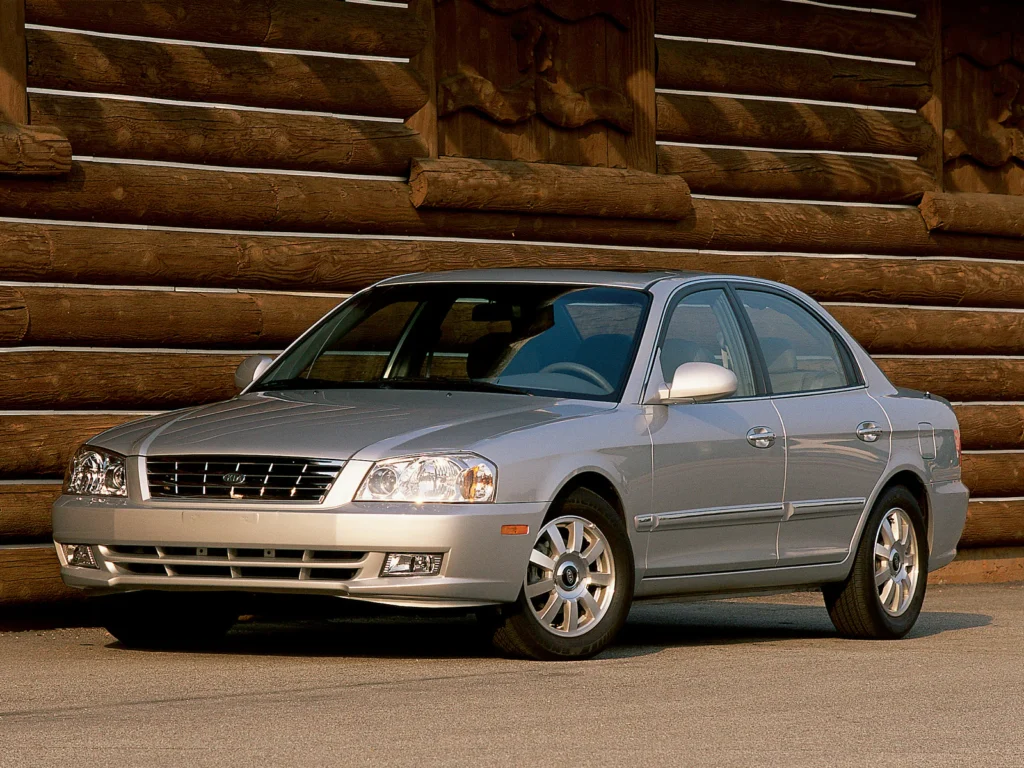Kia Optima: The Best Years and the Years to Avoid

Contents
Introduction
Kia’s midsize sedan, the Optima, has garnered attention for its blend of style, technology, performance, and value for decades. Spanning from 2001 to 2020, the model offers a wide array of options to suit different tastes and needs. But like any used car, some years stand out more than others. Whether you’re prioritizing performance, fuel efficiency, comfort, or overall value, knowing which years to focus on — and which to steer clear of — can be essential in finding the used Optima that’s right for you.
The Best Years

2011–2013 Optima (third generation)
This range marked a transformative redesign with a sleek and bold exterior. The introduction of a turbocharged engine option provides a balance of performance and fuel efficiency, making these years appealing for those seeking a sportier ride without sacrificing economy. The interior quality and available tech features are significantly enhanced, offering a more premium feel. Those who prioritize fuel efficiency should consider the 2013 Optima Hybrid, which received some revisions for that model year to improve drivability.

2016–2018 Optima (fourth generation)
The early years of the fourth generation continue the Optima’s evolution into a more upscale offering. With an elegant exterior design and expanded safety features, these years cater to those prioritizing aesthetics and safety. The availability of Apple CarPlay and Android Auto adds to the modern tech appeal, while the varied engine options allow for both performance and efficiency choices. Plus, with five or more years of depreciation, they also represent great value.
The newest years of the fourth-gen Optima (2019-2020) also offer most of these appealing features. However, we have not included them here since they haven’t yet had enough time in the market for their long-term reliability to be fully assessed.
Years to Avoid

2001–2005 Optima (first generation)
The early years of the Kia Optima, especially those before the 2006 refresh, may pose challenges for potential buyers. During this time, Kia was still finding its footing, and the Optima’s build quality reflects those growing pains. Complaints regarding mechanical issues, particularly with the transmission, are not uncommon, and the overall driving experience is less refined compared to later models.

2012–2012 Optima Hybrid (early models)
The earliest models of the Optima Hybrid, specifically from 2011 to 2012, face complaints about uneven performance. The hybrid system’s integration isn’t as smooth as in later iterations, leading to dissatisfaction among some owners. The issues were addressed with updates for the 2013 model year, making it a more appealing choice.
These years represent specific concerns based on real-world owner experiences and feedback found in consumer reviews and owner forums. While any used car requires careful consideration, avoiding these years and configurations should lead to a more satisfying ownership experience.
The Bottom Line
Over its nearly two-decade run, the Kia Optima has offered a compelling blend of design, performance, comfort, and value. By focusing on the recommended years and being mindful of those with known concerns, buyers can approach the Optima on the used market with confidence. The versatile model offers a version for almost everyone, from performance enthusiasts to eco-conscious commuters, and its best years reflect Kia’s impressive growth in the automotive world.
To explore the Optima’s journey from its early days to its final model year, don’t miss our companion article, Kia Optima: Model History and Generations. It provides a comprehensive view of this model’s development, helping paint a complete picture of what the Optima offers for used car buyers.
Photos courtesy of Kia